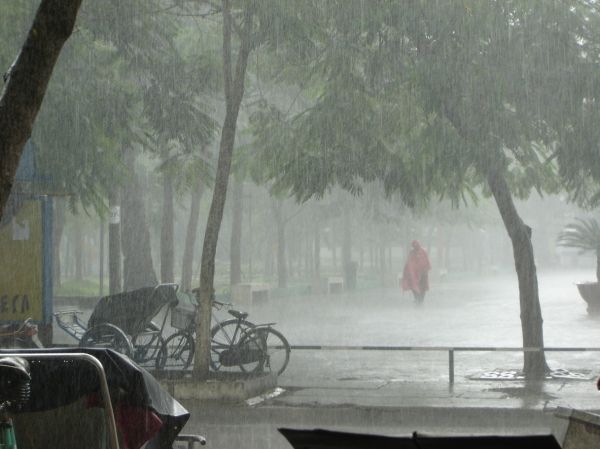More than a billion people in Asia depend on seasonal monsoons for their water needs. The Asian monsoon is closely linked to a planetary-scale tropical air flow which, according to a new study by Lawrence Berkeley National Laboratory (Berkeley Lab), will most likely shift geographically as the climate continues to warm, resulting in less rainfall in certain regions.
Berkeley Lab researchers Wenyu Zhou and Da Yang, along with Shang-Ping Xie of Scripps Institution of Oceanography at UC San Diego, used global climate models to study the so-called Hadley cell, which is the name of this tropical atmospheric circulation pattern. Their model results suggest that the East Asian Monsoon will shift geographically as the climate continues to warm, and that enhanced warming at the equator will drive this shift. Their study was published recently in the journal Nature Climate Change.
The Hadley cell consists of two components – moist air that rises at the equator, or the deep tropics, causing heavy precipitation during monsoons, and dry air that descends in the subtropics on either side of the equator, resulting in dry conditions in the subtropics. Under anthropogenic warming, the dry subtropical part will expand towards the north and south poles, while the moist deep tropical part will get smaller, according to global climate models.
Continue reading at Berkeley Lab
Image via Berkeley Lab


